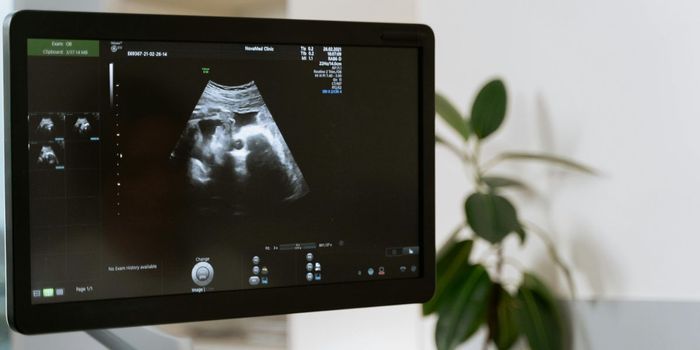Chronotype-based hypertension treatment
The Chronotype sub-study of the TIME (Treatment In Morning versus Evening) trial published in The Lancet provides insightful findings into the role of chronotype in the management of hypertension and its implications for cardiovascular outcomes.
The mean age of participants was 64.4 years, with a slight male predominance. The vast majority (95%) were White, and 11.3% had a history of cardiovascular disease. Chronotype was measured using the mid-sleep time on free days corrected for sleep debt on workdays and based on this, participants were classified as 'earlier' (MSFsc >30 min before the median), 'intermediate' (within 30 min of the median), or 'later' (MSFsc >30 min after the median) chronotypes.
- Hospitalization for Non-Fatal Myocardial Infarction (MI) and Stroke:
- Later chronotypes had an increased risk of hospitalization for non-fatal MI when dosing their antihypertensives in the morning
- Conversely, evening dosing reduced this risk for later chronotypes
- The risk of stroke was higher for later chronotypes regardless of dosing time, although the interaction was not statistically significant
- Impact on Different Chronotypes:
- For earlier chronotypes, morning dosing of antihypertensives was associated with a reduced risk of non-fatal MI.
- Intermediate chronotypes, constituting about 50% of the sub-study population, showed no significant difference in cardiovascular outcomes between morning and evening dosing times.
- Blood Pressure (BP) Measurements:
- Later chronotypes in the evening dosing group had a slight increase in mean evening-assessed systolic BP compared to the morning dosing group
- This association was not observed in the morning dosing group, suggesting a potential alignment benefit of dosing time with individual chronotype.
These findings highlight the importance of personalized medicine in hypertension management. Aligning antihypertensive medication dosing times with an individual’s chronotype could significantly impact the risk of non-fatal MI. The study suggests that night owls benefit more from evening dosing, potentially due to better alignment with their intrinsic circadian rhythms, which might improve nocturnal BP control. Conversely, early birds seem to gain better protection from morning dosing.
“These results are exciting because they could represent a ‘paradigm shift’ in the treatment of hypertension,” said Dr Filippo Pigazzani in an interview to EurekaAlert.
The Chronotype sub-study of the TIME trial underscores the potential benefits of personalizing antihypertensive treatment timing based on chronotype. By aligning medication timing with an individual’s biological clock, healthcare providers might improve cardiovascular outcomes in hypertensive patients, marking a significant step forward in the field of chronotherapy.
Sources: The Lancet, EurekaAlert








